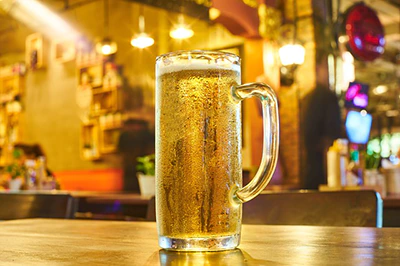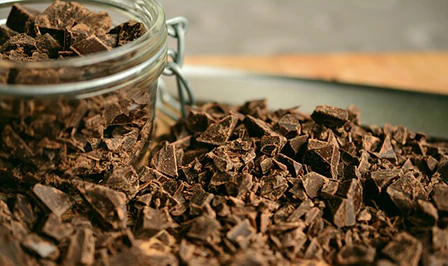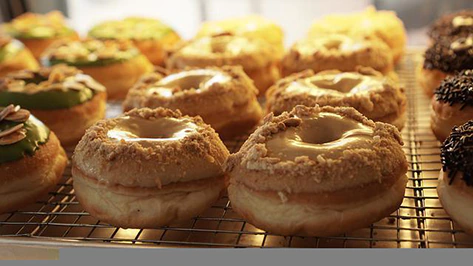| Additive Summary | Alkaline Caramel (E150a) |
|---|---|
| Essence | Alkaline Caramel or E150a is a way of typically brown food coloring that is considered neither a natural nor artificial color. |
| Names | Natural Brown 10, Class I Caramel, Spirit Caramel, Plain Caramel, Caustic Caramel, and others. |
| Sourcing | Commercially, it is typically sourced from sugar or glucose. |
| Manufacturing | The additive is essentially produced by dry heating and burning the sourcing ingredient while in the presence of alkali. |
| Application | Color (pale-yellow to amber to dark brown to black but typically yellow to red, water-soluble). |
| Acceptable Daily Intake | None determined. |
| Side Effects | It is generally bad for the digestive system. Furthermore, it can lead to acid reflux and GERD symptoms. In essence, since it is a form of sugar, it can lead to all the negative health outcomes that sugar can (like obesity, weight gain, heart disease, diabetes, cancer, malnutrition, etc.). |
| Benefits | Realistically, none. |
| Studies | 20+ studies on Pubmed. Less than 5 studies on safety. |
| Allergens | It can at times be gluten and lactose-incompatible. |
| Diet Restrictions | Alkaline Caramel is not always vegan. |
| Health Knight Assessment | Likely Harmful. | Category 4 Additive. |
| Products | It can sometimes be found with supplements and medicine. It is commonly used in soft drinks, beers, spirits, brandies, biscuits, whiskies, rums, breakfast cereal, cereal bars, chocolates, cookies, sweets, candy, salad, french fries, pancakes, custards, brown bread, puddings, seasonings, desserts, chips, vegetarian meat alternatives, food decorations, noodles, bouillons, toppings, yogurts, doughnuts, waffles, green teas, spreads, tortillas, ice cream, sauces, dressings, vinegar, beef and chicken products, fillings, baked beans, gravy, crackers, pastries, oats, nachos, mints, energy drinks, gingerbread, mushrooms, broths, cheesecakes, syrups, coatings, seafood sticks, various snacks, pizzas, veggie burgers, and other foods. |



